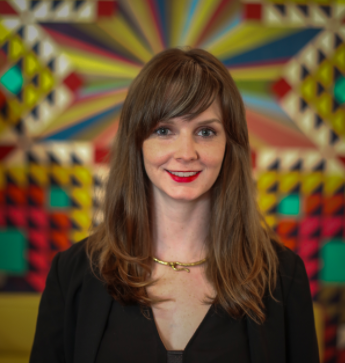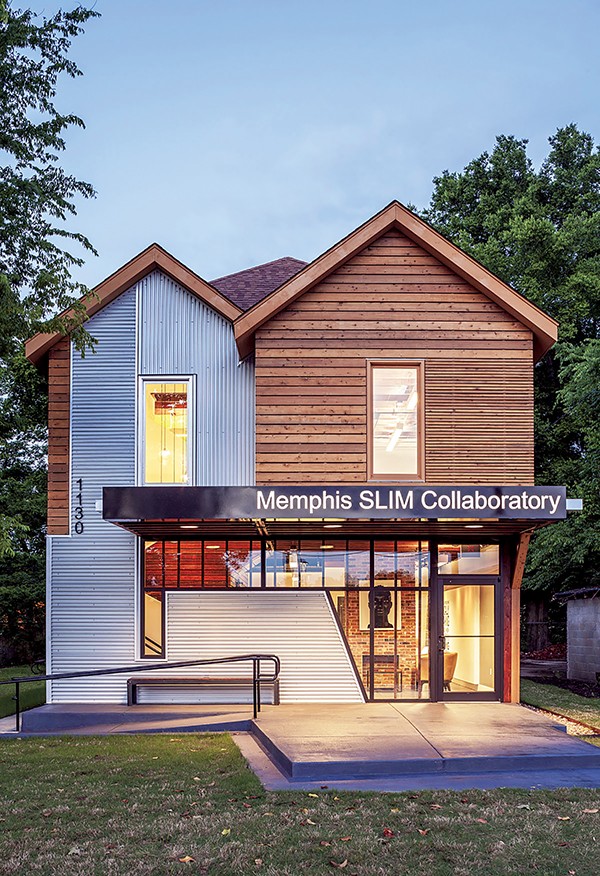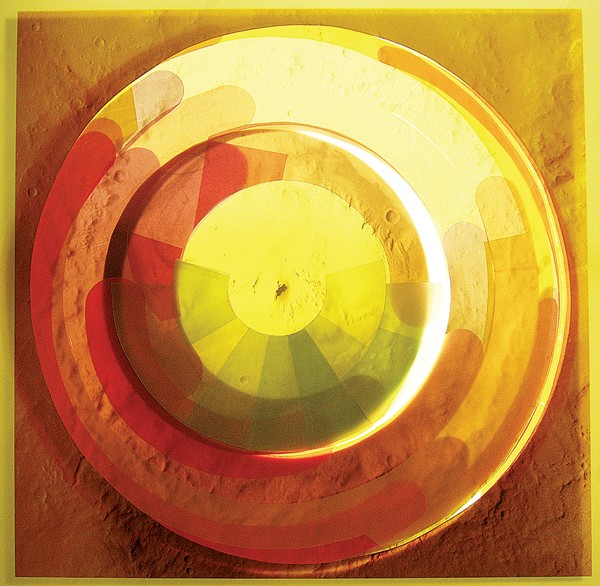When Ben Smith, chef/owner of Tsunami, asked Emily LaForce to come cook, she could’ve said, “May LaForce be with you.”
LaForce, 35, who began working at Tsunami in Cooper-Young about two months ago, is also a force of nature. She hasn’t let anything stand in the way of expressing her creativity, whether it’s cooking or painting.
Art was first. She has a picture her mother gave her when she was 3 years old. It’s a “little picture of somebody painting on an easel,” she says. And on it LaForce wrote, “I want to be an ‘ardes.’”
LaForce was about 13 when she began looking at food in a new light. Her mother showed her how to make crème brûlée. “I was like, ‘What is that?’ We grew up with Southern food.” Not long after, LaForce successfully cooked salmon after watching a TV cooking show demonstration.
At 16, LaForce got a job as a dishwasher at New York Pizza Cafe in Bartlett. The owner taught her how to make sauce and dough and how to throw pizzas using a kitchen towel. She later worked at another pizza parlor, but, she says, “This is the only job I was really fired from.
“It was a rainy Sunday. We were bored. One of my managers was like, ‘Do something to make me laugh.’” LaForce made a little sculpture out of dough scraps. “I made it look like Wendy from the Wendy’s restaurant. But then it was R-rated. It involved a sausage and two meatballs.”
She posted a photo of it on Facebook, thinking she shared it on a private group page that included the restaurant’s name. But LaForce accidentally posted it on the restaurant’s corporate page. She was fired from the pizza restaurant and was banned from working at any of the other restaurants in the chain “in America.”
LaForce moved on. She learned how to make hibachi and sushi at the old Rain restaurant. She continued to honing her skills as a student at Bethel University in McKenzie, Tennessee, where she worked at The Grill at school and another pizza parlor. She continued to paint, but her style changed. “I started doing a bunch of acid and it started changing after that.”
“I started doing just whatever people wanted at the time because I needed money. So I would just do commissions and murals. I painted the gas pump at the gas station in McKenzie.”
After graduating with an English degree, LaForce returned to Memphis.
In 2013, she set up a booth with her original paintings and prints at Cooper-Young Festival. Business wasn’t so good until LaForce found a way to get noticed. “This guy dressed as a banana was walking around and handing out condoms to people.” LaForce, who brought a cooler of beer with her, told him, “I’ll give you beer all day long, as much as you want, as long as you stay around my booth.”
“Because he was attracting attention,” she says, “I ended up making double what I was selling it for because of this banana.”
LaForce also worked for a time on two different pot farms. Her job at one was “keeping the goats from eating the weed.”
She got into cooking big time after moving back to Memphis in 2014 working with chef Kelly English when he was at The 5 Spot at Earnestine & Hazel’s. “It was the first time I really got my eyes opened to different kinds of foods, like a real chef.”
There, she met Majestic Grille owners Patrick and Deni Reilly and eventually landed a job at Majestic Grille — another eye-opener. “I knew basic stuff, but I didn’t know the proper way to do things.”
Two years later, LaForce went to chef/owner José Gutierrez’s River Oaks Restaurant. She was there seven years. “I started as a line cook and left as chef de cuisine.”
LaForce and her wife Ashley ate at Tsunami after Smith offered her a job. When he paid for their dinner, Ashley told Emily, “When a chef does that, that’s a good sign.”
Emily is impressed with Smith. “His flavors are very different from anything I’ve experienced. It’s like a perfect balance.” And, she says, “He’s badass.”
Asked her long-range goal, Emily says, “To be an artist.” Emily, whose murals grace Saltwater Crab and Meddlesome Brewing Company, wants to have an art show titled “Back of House,” which will be “paintings of things you don’t normally see in restaurants. Just in the back of the house. Just the crazy shit that happens. The beautiful things, but also the horrifying things.”
Mostly, Emily says, “I want to show the beauty of it.”
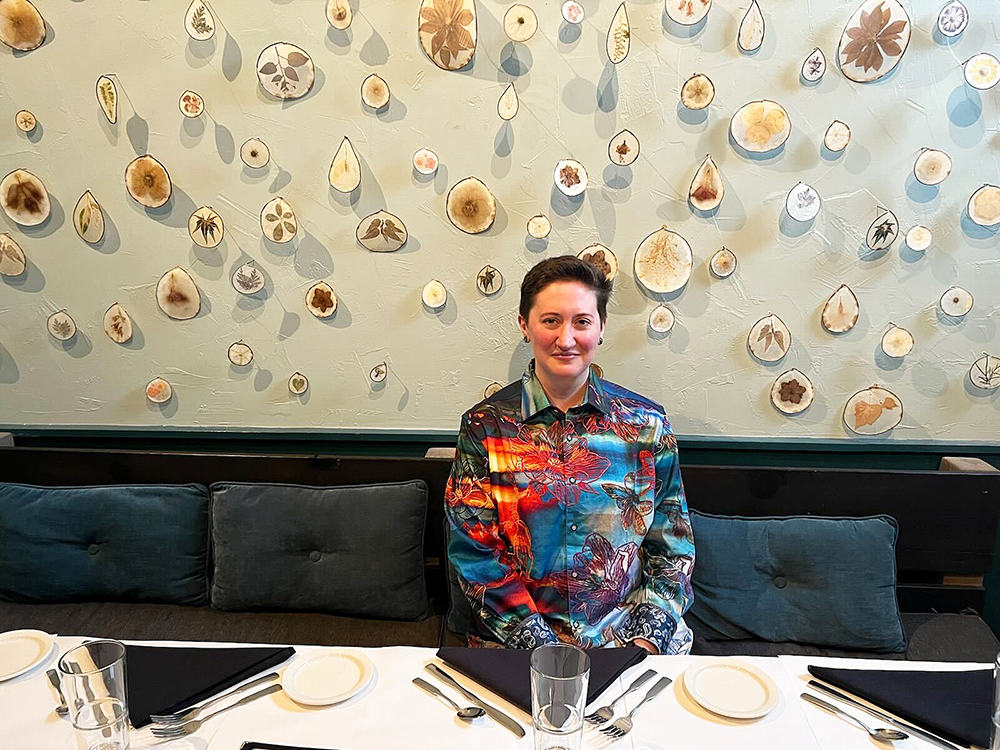
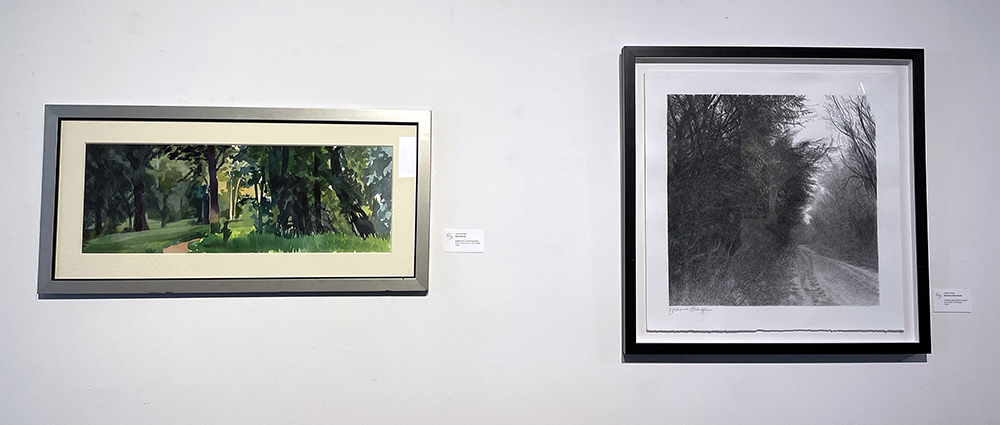
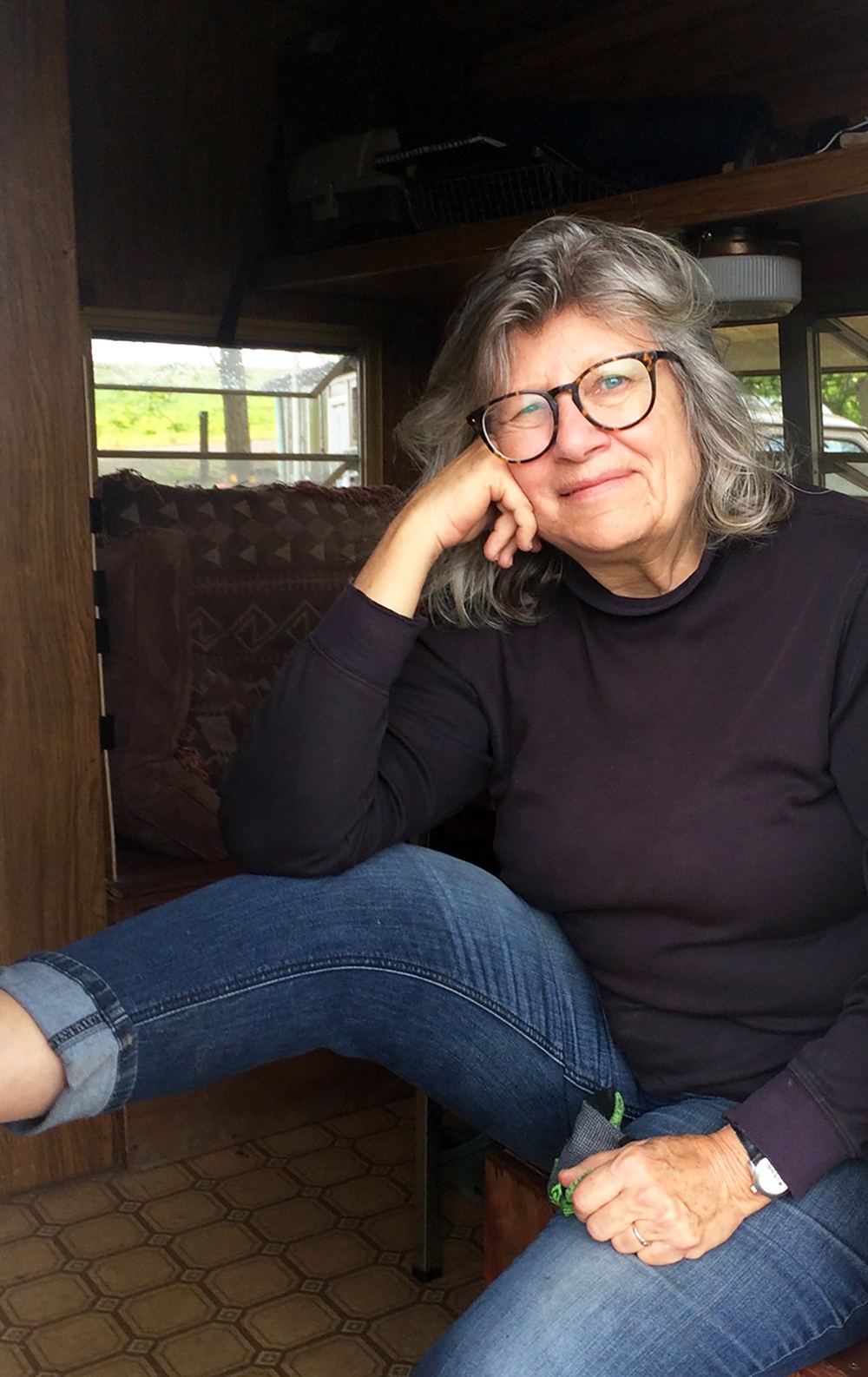
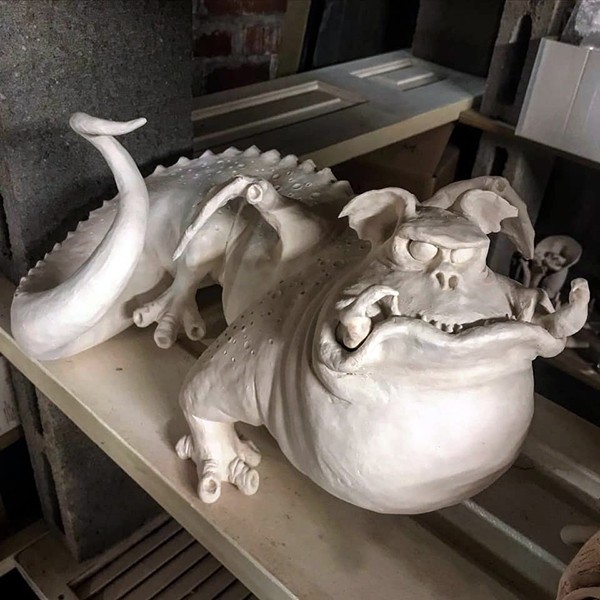 Facebook/WinterArts
Facebook/WinterArts 
